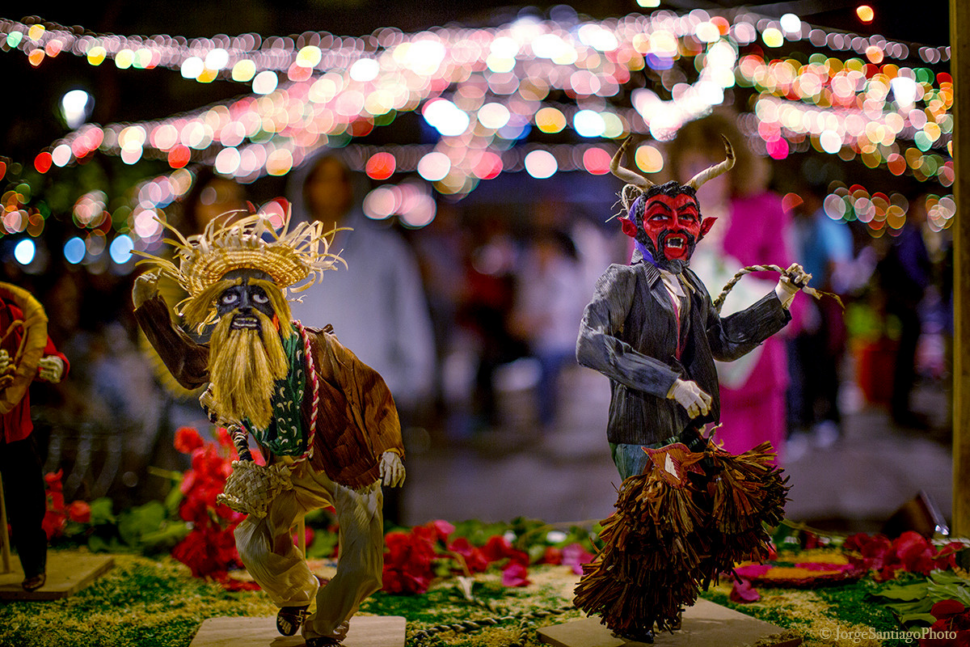In a country known for its vibrant cultural tapestry, Mexico’s identity is as diverse as its people. Among the many threads that make up this fabric, the Afro-descendant populations played a significant role in shaping it.
One of the most vibrant expressions of Afro-Mexican culture is the traditional Danza de los Diablos. It translates to Dance of the Devils and is celebrated in the coastal regions of Guerrero and Oaxaca. This cultural expression is popular among the Afro-Mexican communities in the region. From their early struggles against slavery during the colonial era to the preservation of African traditions and the development of a strong political identity, the Dance of the Devils reflects the indelible mark of Afro-Mexicans on the country’s cultural landscape.

The cultural diversity within Mexico’s identity is not confined to a single unit, but rather reflects the unique and varied expressions of each region and its people. The dance of the devils, rooted in the cultural exchange and social interactions of African populations that arrived in Mexico during the transatlantic slave trade, has evolved over time. It now blends elements of Catholicism and indigenous traditions.
Masks Adorned with Beards and Fringes
The “Danza de los Diablos” takes place on significant dates. Participants wear masks adorned with beards and fringes that come from horsehair and wear tattered clothing. The procession is led by the “Diablo Mayor” or “Tenango.” This symbolizes a foreman or boss. It is also lead by the “Minga” or “Bruja,” portrayed by a man dressed in women’s attire and carrying a doll. These characters set the rhythm with a rattle and a whip, as they move in a symbolic dance.

The music accompanying the dance, known as “la chilena,” blends influences from Chilean sailors and Afro-descendant traditions. It features rhythms and harmonies from other Mexican regions and indigenous communities. These expressions reveal the social participation and cultural exchanges of Afro-descendants. It also emphasizes their significance in Mexico’s historical narrative.
Afro-descendant communities also have influenced Mexico’s gastronomy, traditional medicine and language. They each add a unique flavor to the nation’s cultural mosaic.
Mexico declared Cuajinicuilapa, in the Costa Chica region, as a Site of Memory of the Slavery of Afro-descendant Populations. By preserving and promoting these cultural expressions, Mexico seeks to foster greater understanding, appreciation and unity among its diverse population.





